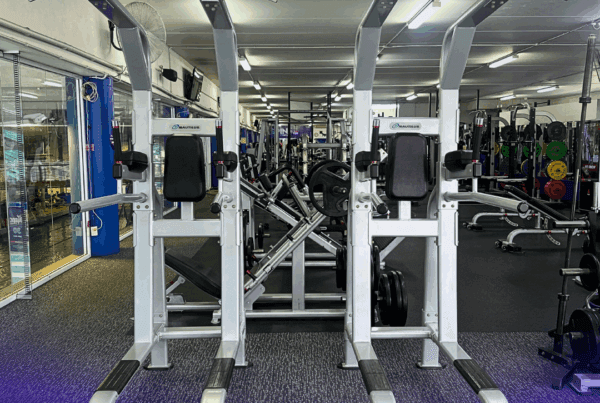Mastering the Art of Deadlifting: Key Skills and Tips for Beginners and Beyond
Deadlifting, one of the foundational lifts in strength training, engages multiple muscle groups and offers a myriad of benefits from increasing muscle mass to improving core strength. Despite its straightforward appearance, the deadlift requires a keen understanding of form, technique, and body mechanics to be executed safely and effectively. Here’s an in-depth look at how to master this powerful lift, whether you’re a beginner or looking to refine your technique.
1. Understanding the Basics
The deadlift is a weight lifting exercise where one lifts a loaded barbell or bar off the ground to the level of the hips, then places it back on the ground. It primarily works the glutes, hamstrings, lower back, forearms, and core, making it an excellent compound exercise.
2. Choosing the Right Equipment
- Barbell: Standard Olympic barbells are typically used for deadlifting. Ensure the bar is straight and has appropriate knurling (grip) to prevent slipping.
- Weights: Beginners should start with lighter weights to focus on form before adding more weight.
- Shoes: Flat-soled shoes or barefoot lifting shoes are ideal as they provide stability and a solid base.
- Additional Gear: Lifting belts can provide additional back support, and chalk can improve your grip.
3. Mastering Deadlift Form
- Starting Position: Stand with your feet about hip-width apart with the barbell over your feet. The bar should be close, about an inch from your shins.
- Grip: You can choose between a double overhand grip or a mixed grip (one hand over, one hand under). Make sure your grip is just outside your legs.
- Lifting Motion:
- Bend at your hips and knees, lowering your hips and keeping your chest up and spine neutral.
- Engage your core and keep your back straight, not rounded.
- Drive through your heels and bring the bar up along your legs in a smooth motion, keeping the bar close to your body.
- At the top of the lift, your legs and hips should lock out at the same time.
- Lowering the Bar: Don’t just drop the bar. Instead, follow the reverse sequence used to lift it, controlling its descent to the ground.
4. Common Mistakes to Avoid
- Rounding the Back: This puts undue stress on the spine. Always maintain a neutral spine.
- Jerking the Bar: Lifting should be a smooth, controlled motion. Jerking can lead to injury.
- Bar Too Far from Legs: Keeping the bar close minimizes strain on your back and maximizes the use of your legs.
- Improper Foot Positioning: Misaligned feet can lead to an imbalanced lift, potentially causing injury.
5. Progressing Your Deadlift
Once you’re comfortable with the basic technique, consider the following to enhance your deadlifting skills:
- Variations: Incorporate different styles like sumo deadlifts or Romanian deadlifts to target muscles differently.
- Incremental Loading: Gradually increase the weight as your strength and form improve.
- Accessory Exercises: Strengthen related muscles through exercises like squats, lunges, and planks.
6. Safety and Recovery
- Warm-Up Properly: Engage in a thorough warm-up that includes dynamic stretching and light cardio.
- Listen to Your Body: Be attentive to any signs of pain or discomfort. Proper form is crucial to prevent injuries.
- Recovery: Adequate rest, nutrition, and hydration are essential to support recovery and performance.
7. Consult Professionals
If you’re new to deadlifting, it might be worth consulting a fitness trainer or coach. They can provide personalized feedback and corrections to ensure you’re performing the lift safely and effectively.
Conclusion
Deadlifting is a valuable skill in your fitness arsenal, beneficial not just for athletes but anyone looking to enhance their physical health. By understanding and applying the right techniques and gradually increasing your challenge, you can safely enjoy the many benefits this exercise has to offer. Whether you’re a gym enthusiast or a professional athlete, mastering the deadlift can significantly contribute to your overall strength and conditioning — lifting not just weights, but also your confidence and capability in physical pursuits.

